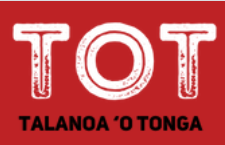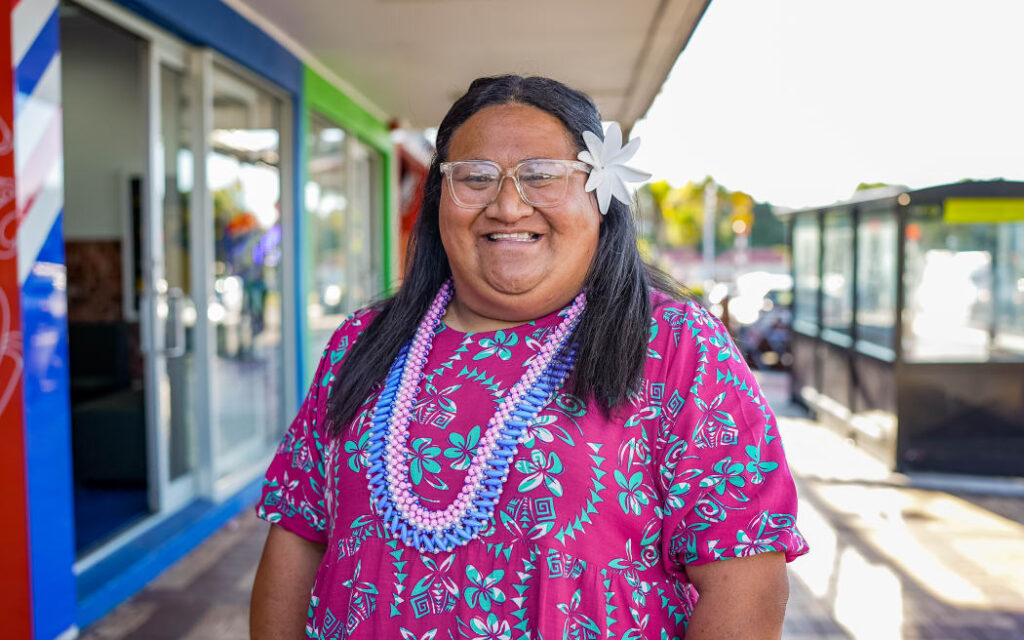An award-winning Sāmoan software engineer warns that Pacific communities could be ‘coded out of the future’ in light of New Zealand’s newly-released artificial intelligence strategy.
In an interview on Pacific Mornings, Namulau’ulu Nu’uali’i Eteroa Lafaele notes that while the strategy marks a necessary first step, it fails to address the needs and realities of Pacific communities.
“What we have to understand is AI itself and this strategy affects everyone, but if we look at it from the view of our Pacific communities, who, from experience, are often on the margins of digital change, the stakes are higher,” Lafaele says.
“So why it’s higher is if we’re not at the table, we risk being coded out of the future.”
Last week, the Minister for Science, Innovation and Technology, Dr Shane Reti, announced New Zealand’s first AI Strategy. It aims to boost productivity and grow a competitive economy.
“The Government’s role in AI is to reduce barriers to adoption, provide clear regulatory guidance, and promote responsible AI adoption,” Reti says.
“We’re taking a light-touch approach, and the Strategy sets out a commitment to create an enabling regulatory environment that gives businesses confidence to invest in the technology.”
With an estimated $76 billion to New Zealand’s GDP by 2038, Reti says Aotearoa is falling behind other small, advanced economies in AI-readiness, with many businesses still unprepared for the technology.
Lafaele says the strategy recognises AI not only as a tech issue but as an economic, cultural, and social one.
2038, Reti says Aotearoa is falling behind other small, advanced economies in AI-readiness, with many businesses still unprepared for the technology.
Lafaele says the strategy recognises AI not only as a tech issue but as an economic, cultural, and social one.
strategy has, is that it’s only as strong as the resourcing, the partnerships, the relationship it holds, and also something that some strategies miss out is the equity applied.”
Through her work with Fibre Fale, an initiative to increase Pacific representation in the tech industry, Lafaele has consistently advocated for Pacific voices in decision-making processes.
“At Fibre Funding, what we noticed when we were doing the work in digital inequity was that there is an AI divide or AI gap, and the AI dividing gap is the gap between those who use AI, but also those that don’t use AI.
“We already know about digital inequity, from the stats that we understand that 25 per cent of our Pacific people, let alone do not have access to devices and connectivity.
“Now, how else are we meant to contribute towards this AI industry? And that’s to do things that in the eyes of the government or other people that have equity is the basic stuff of a device and connectivity.”
She attributes the fear of AI within the Pacific community to digital inequity and a lack of trust and confidence from past experiences with technology.
To help bridge this gap, Fibre Fale have created an AI master class designed to demystify AI and emphasise the importance of educating the community.
On the future involvement of Pacific communities in AI policies, Lafaele says greater representation is needed.
“Here’s the thing, our people, our community already know it’s coming, we just need to stop being told it’s coming, it’s coming. We need to have and install our community’s confidence when using AI. How do you do that? Bring us to the table.
“We’ll tell you what to do because you’ve got a linear way of thinking. Bring the multifaceted, multidimensional to the table.”
Source: PMN




